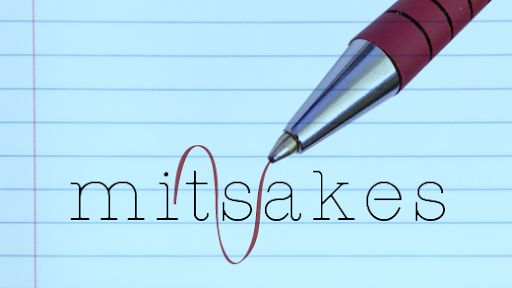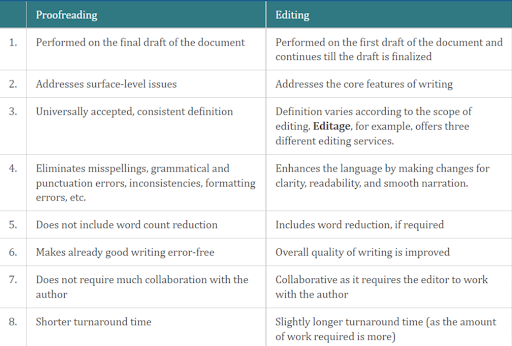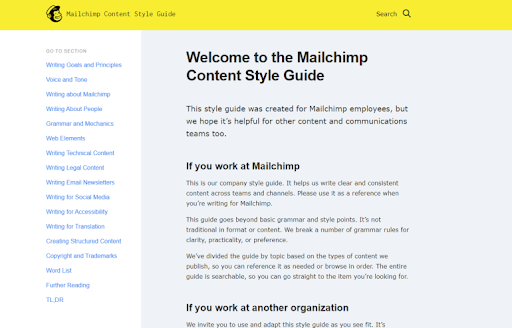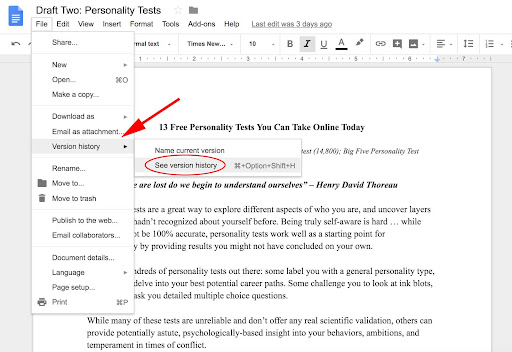Editing & Proofreading
Introduction to Editing & Proofreading
The Unseen Hand
Once you’ve picked up some writing skills, you will find that other related opportunities open up for you. So if you want a change from writing words from scratch every day, you may want to try your hand at editing and proofreading.
Both of these are critical elements in the publishing process. Writing, editing, and proofreading form the ‘triangle of success’ in publishing. If any of these elements is neglected, the results can be work that is poorly received.
Editing and proofreading are distinct skill sets, but they do overlap. They certainly go hand in hand.
What’s the Difference?
People often get confused over the exact nature of editing and proofreading, so let’s clarify precisely what these two roles are all about. Then you can decide which is the best fit for you and hone your skills accordingly.
Editing
As an editor, your job is to make changes and suggestions that improve the quality of a piece of content. In particular, these relate to expression and the use of language.
Once a written work has been edited professionally, it should be significantly better overall. Enhancements may include:
Making the language sharp and consistent Improving the expression. Ensuring that the piece is easy to read, the following are some key questions that an editor may consider:
‘He, ‘she,’ ‘they’ are potential minefields that you need to navigate carefully.
Editing is a challenging job but also an interesting one. It’s such a desirable role that even those in presidential circles choose this career option. Jackie Kennedy, widow of President John F. Kennedy, chose to work as an editor in her post-white-house days.
She spent 20 years working as an editor for Viking Press and Doubleday in New York, gaining a reputation as a hard-working editor. She impressed the everyday folk she met with her dedication to the job, saying:
“I remember a taxi driver who asked, ‘Lady, you work, and you don’t have to?’ I said, ‘Yes.’ He turned around and said, ‘I think that’s great!’”
So if you want to try the career choice of the rich and privileged, editing may be just the job for you!
Proofreading
The word “proofreading” came from the traditional publishing industry. Before digital publishing gained popularity, publishers would print an early copy of a text (the “proof”). A proofreader performed a final review of the proof—catching any grammatical, spelling, and formatting errors or inconsistencies.
Although the text may have been edited, some errors can still get missed in these early review stages. Proofreading, however, is the last opportunity to correct any errors that might’ve slipped past before it’s published.
This role is a little different, but it’s important. It involves reading written work very carefully to spot errors such as:
These are the key questions a proofreader will consider when proofreading a piece of writing:
Proofreading is an important service because any writing intended for publication—whether an article, book, or business document—must communicate its message in the clearest possible way. For writing to be clear, there must be no silly mistakes, as these can undermine the impact of the writing and the author’s credibility.
So editing and proofreading are separate roles in the publishing process, but they go hand in hand. Editors and proofreaders often work together to help a writer produce the best possible result in print.
How Much Can You Make?
A Great Source of Income
Whether you choose editing or proofreading, you have the option to earn a decent income. This is especially true in markets such as book publishing, where the true value of both these roles is fully understood.
For full-time work, the average annual income for an editor or proofreader is $62,165 a year. But for senior editors in book publishing, this rises considerably.
The average base pay for a senior editor is around $83,000, rising to a very respectable $131,000 at the higher end of the scale. When you add in benefits and bonuses, the actual number may be as high as $200,000.
As a freelancer, too, you have the potential to earn excellent rates. Based on feedback from our members, we estimate that the going rates of pay are:
These rates can be increased if you specialize in a particular niche. High-paying sectors include editing and proofreading for:
You can also charge more for rush jobs. So when you add all of these factors in, it’s possible to make around $200 per hour. That gets your potential income up to $32,000 a month—or $384,000 a year.
In summary, there’s lots of work at the beginner end of the scale, which will pay you a decent income. You can use these jobs to level up your skills, so you can move up the ladder. Before long, you should be in the advanced category where you can pull down the big bucks.
Editing with Style
Make Good Writing Great
Editing is an interesting job with an important role in business. Whether you are editing a blog post, a report, or an entire book, you need to take the job seriously. Here are some tips to help you do the best you can.
Read the Content Out Loud
When you’re reading silently, your eyes can jump over the words on the page. This means you can miss errors or fail to realize that sentences are missing words. To edit correctly, read the content aloud and listen to how it sounds. Your tongue won’t say a word that’s wrong or missing, and your ears will catch the mistake.
Also, any sentences that you find difficult to say out loud may be tricky for readers, too. Fix those sentences.
Use a Style Guide
Before you start drafting, clarify which style guide you’ll adhere to. It may be the APA or MLA guide or the Chicago Manual of Style. Or perhaps the organization has its own house style.
Whatever it is, style guides will help you ensure consistent spelling, capitalization, and formatting right from the start. That way, you don’t have to spend hours changing all of these elements later.
Check Quotes and Sources
People often use famous quotes to beef up their work without thoroughly checking the sources. Einstein gets credited with all kinds of quotes he never said. For example, he is frequently quoted as having said, “Compound interest is the 8th wonder of the world.”
He said no such thing, as Quote Investigator confirms:
In fact, the quote originates in an advertisement for a Canadian financial services company. So double-check quotes to ensure they are attributed correctly.
Don’t Be a Perfectionist
You should certainly aim for a high standard when editing. But you also have to hit deadlines, so don’t go crazy trying to perfect everything.
Of course, you should always correct obvious errors. But if it’s just a difference of opinion between you and the writer, you can sometimes just move on to the next point. The main thing is to get good quality work published on schedule.
Add Authority
A great way to make a piece of content stronger is to make it more authoritative. You can do this by adding:
These can help to make a piece much more compelling. But once again, double-check to ensure that your original information is from a reliable source. And yes, that means doing more than a quick Google search…
Use Track Changes
The ‘Track Changes’ feature in Google Docs or Microsoft Word highlights any changes made to a document while preserving the original text. This way, you can revert to original phrasing if you change your mind. Always turn this feature on, and you won’t become so scared about changing your phrasing permanently.
Use a Red Pen
Some people prefer to edit the old-fashioned way, using pen and paper. That’s fine. Do things the way you feel most comfortable with.
When you’re typing in changes from a proofreading session, you may miss some of your markup suggestions if you used a pencil or black pen. Try using a red pen, and the corrections will glare at you.
Read Regularly
The best way to keep your editing skills in tip-top shape is to read consistently. Make sure to challenge yourself by reading extensively.
Reading exceptional writing is one way to learn how to edit your own work. You’ll see new options for recasting sentences, and find inspiration for new ideas.
Proofread Like a Pro
Make No Mistake!
If you’re planning on making money as a proofreader, you need to be on top of your game. Here are some tips to help you ensure that no errors ever slip past you.
Keep an Error List
It’s helpful to keep a running list of common writing blunders. Some writers frequently miss the difference between “it’s” and “its,” or they type “effect” when they mean “affect.” Keep a list of common blunders, so you remember to double-check for these.
Use the ‘search’ feature in your word processor to find these words and check they are used correctly. This will help you pick up errors.
Proofread Backwards
Begin at the end and work back through the paper paragraph by paragraph or even line by line. This will force you to look at the surface elements rather than the meaning of the paper.
Check for One Type of Error at a Time
Don’t try to fix everything at once. You will get better results if you proofread for one error at a time. If commas are a writer’s most frequent problem, go through the paper checking that single issue. Then proofread again for the next frequent mistake.
Use Technology
Because proofreading is a methodical process, software can help spot and rectify errors. For sure, you should use the spell checker that comes with your word processor. That’s a no-brainer.
If you use a system like Google Docs, you will also get grammar suggestions. These can be useful for spotting structural problems that you need to fix. To really level up your proofreading, use an app like Grammarly. These can do a lot of the heavy lifting, highlighting issues that need attention.
Proofread Slowly
Many people start proofreading carefully, then get bored and start to skim. That approach can get you into hot water! Read each sentence slowly and carefully, to ensure you don’t miss anything.
If you rush through the first read, you will find yourself going back to the beginning and doing it all over again. Slow down, get it right the first time—and maintain a high standard on every project.
Check for Consistency
Inconsistency can be a big problem for writers. It’s confusing for readers if spellings and other elements change throughout the document. As a proofreader, one of your priorities is to pick up these kinds of errors. Be sure to look out for consistency in:
Lastly, when you have finished proofreading, double-check that the Table of Contents still matches what’s in the document. It’s easy for editing and proofreading changes to mess this up.
Both proofreading and editing and rewarding and profitable skills. You can specialize in one or the other or combine the two into one mega-editing service. Whichever way you do it, you can look forward to making good money.
Training Modules
Copyright 2024 - Paid Online Writing Jobs - All Rights Reserved
Copyright 2023 - Paid Online Writing Jobs - All Rights Reserved























 ?
?

 !
!